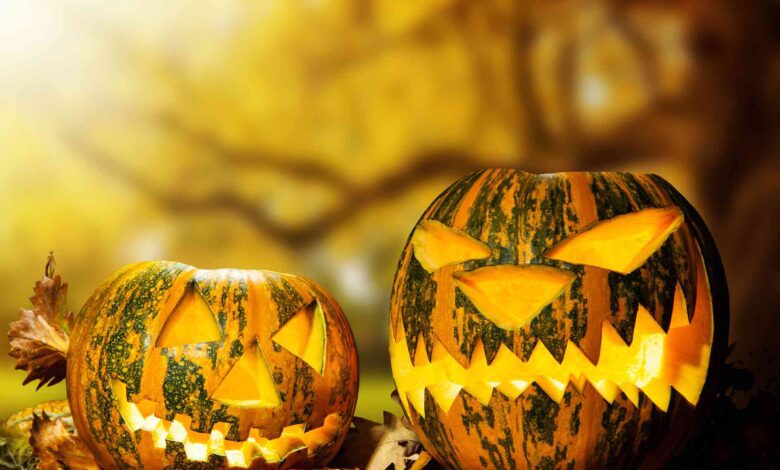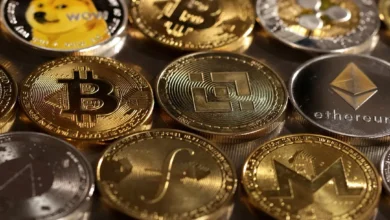Unpacking Halloween’s mysterious impact on the world economy
The NRF estimates that the average American will invest approximately $108 in Halloween paraphernalia.

Halloween, far from just being a night of scares and sweets, has become a major economic fiesta, especially in the United States. While the spirits of All Hallows’ Eve might seem to favor spooky fun and frolics, the holiday has quietly transformed into a commercial fiesta that sends chills down the spine of the world economy. From costumes to candy, decorations to haunted attractions, Halloween has become a massive industry that contributes significantly to the economy.
Americans are gearing up to spend a staggering $12.2 billion on all things Halloween, from eerie yard decorations and the perfect costumes to tantalizingly sweet and sour candy, fostering participation among a spine-tingling 73 percent of the population, according to the National Retail Federation (NRF).
The NRF estimates that the average American will invest approximately $108 in Halloween paraphernalia, underscoring that this haunting holiday isn’t just for the little ghouls and goblins but entices all age groups to join in the fun.
In 2023, families are projected to shell out an impressive $1.4 billion on children’s costumes and an even more formidable $2 billion on adult costumes, revealing the extent of enthusiasm across all demographics for this ghostly celebration.
It’s not just the neighborhoods that are decked out in Halloween attire; college campuses are experiencing a significant surge in Halloween revelry.
Interestingly, Halloween holds the ghoulishly delightful No. 5 spot for overall alcohol consumption on holidays, according to a study conducted by Mountain Side, an alcohol and drug rehabilitation organization.
During the spooky season, costumes play a significant role in generating revenue. Consumers worldwide are more willing to spend on intricate and innovative costumes, not just for kids but also for adults who enjoy the revelry. This increased demand contributes significantly to the fashion and retail industries’ bottom line, with brands and retailers profiting from the seasonal craze.
Halloween isn’t just about costumes. The business of decorations and party supplies plays a significant role in driving the economy. From pumpkins and cobwebs to skeletal figurines and eerie lighting, the demand for Halloween-themed home décor has created a robust market for retailers. This has contributed to an upsurge in sales before the Halloween season. It’s not just residential areas that are feeling the spooky vibes; businesses, both big and small, capitalize on the craze by decorating offices, restaurants, and public spaces. This further boosts the economic activity surrounding the holiday.
Halloween is a season when candy sales skyrocket like witches on broomsticks. Confectionery and chocolate companies experience a massive surge in demand, with the sales of spooky-shaped chocolates and candies hitting record numbers. To entice consumers, companies strategically roll out seasonal and limited-edition treats, resulting in increased sales and profits.
As Halloween approaches, the entertainment industry also joins in on the money-making frenzy. Amusement parks, haunted houses, and other spooky attractions utilize the season to offer terrifying experiences and themed events that attract crowds, generating significant revenue. Themed events, parties, and seasonal experiences have become significant contributors to the leisure and entertainment industries, both locally and internationally.
Halloween is a celebration that not all businesses benefit from. Health and wellness-related firms might face difficulties as consumers indulge in sugary treats, leading to post-Halloween guilt and a rise in gym memberships. Additionally, eco-conscious individuals are worried about the environmental effects of Halloween, with the mass production of single-use costumes and decorations contributing to waste and carbon footprint issues.
Halloween isn’t just a holiday celebrated in a few countries like the US. It has become a global phenomenon that benefits the world economy. Manufacturers, suppliers, and retailers from various parts of the world contribute to the production and distribution of Halloween goods and services.



